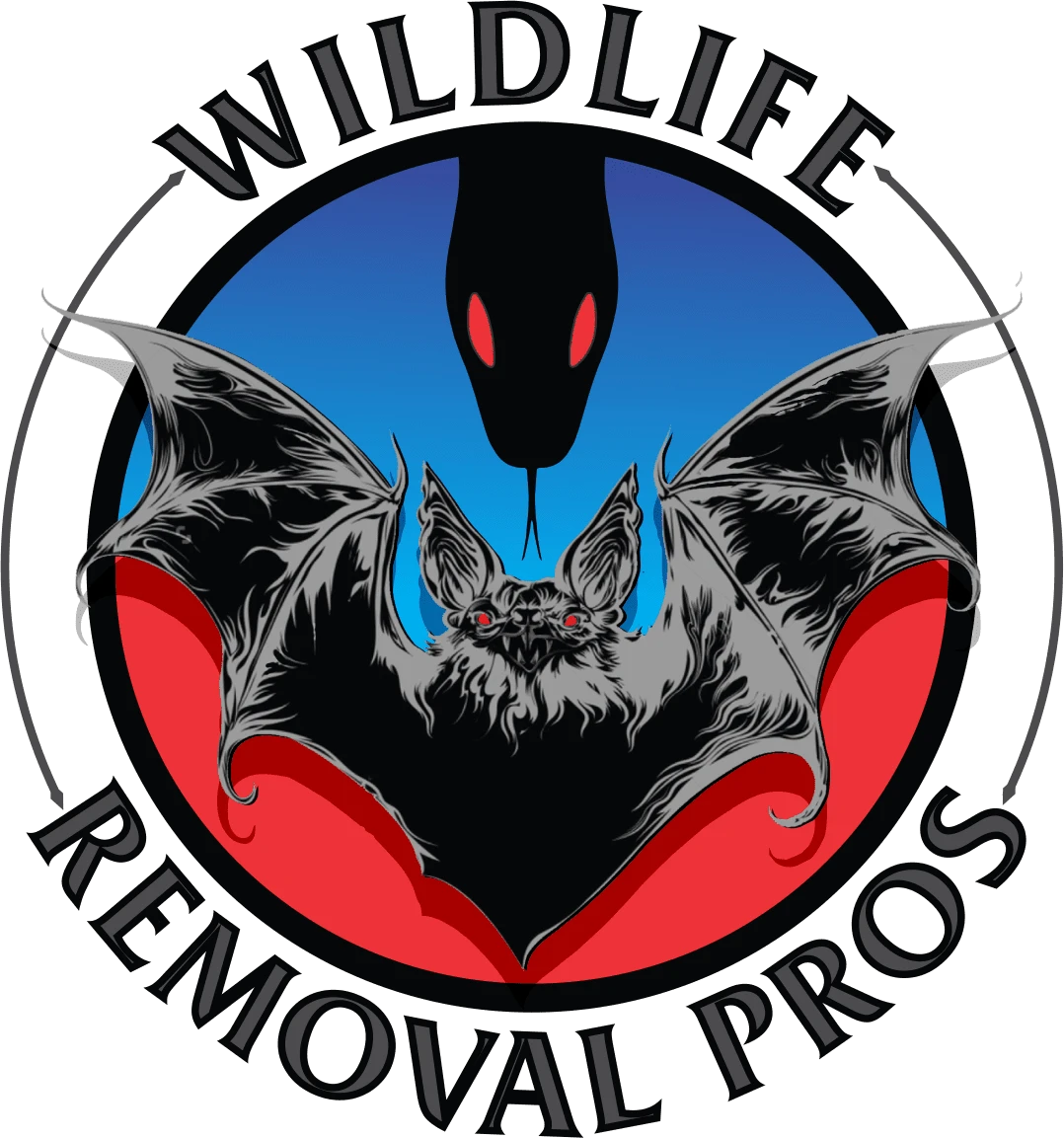Bats of Lexington Kentucky
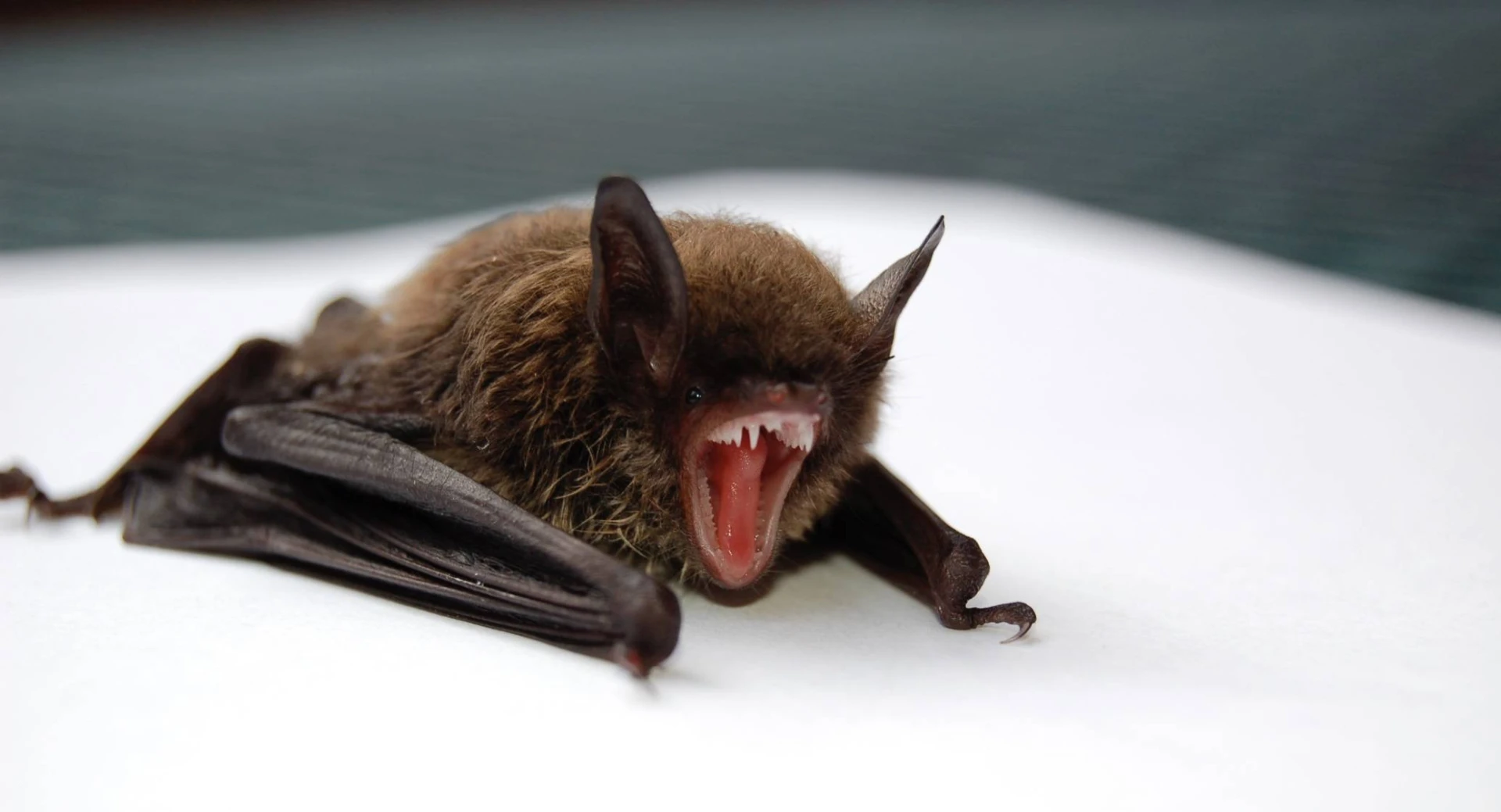
Lexington, Kentucky, is not only renowned for its cultural significance in thoroughbred horse racing and bourbon crafting, but it is also a crucial hub for regional biodiversity. Among its diverse fauna is a particular group of mammals that command the sky: bats. These creatures belong to the mammalian order Chiroptera, a term derived from the Greek words for ‘hand’ and ‘wing,’ illustrating their unique anatomical adaptations that enable true flight.
In Kentucky, all native bat species are insectivores, focusing their diet solely on insects. This feeding habit significantly impacts the local ecosystem, as bats keep insect populations, including potential agricultural pests, under control. Their life cycles are intriguingly adapted to the availability of their food source; they hibernate or migrate during winter months when insect populations are low.
Mating for these bats occurs in the fall and winter, and their reproductive biology has some unique features. Female bats store sperm throughout the winter, with fertilization taking place after they emerge from hibernation. Interestingly, females often emerge from hibernation before males and form maternity colonies to rear their young. Depending on the species, these colonies can vary in location—from caves and loose tree bark to man-made structures.
The bat population in Kentucky is both diverse and dynamic. Sixteen species have been documented, with fourteen considered permanent or seasonal residents. Recent observations suggest that the Seminole bat is expanding its range into Kentucky, while the Brazilian (or Mexican) free-tailed bat, although rare, has historical evidence pointing to its past residency. Alarmingly, three species—the Virginia big-eared bat, the Indiana bat, and the gray bat—are federally endangered, and the Northern long-eared bat is federally threatened. Source
16 Kentucky Bat Species
Big Brown Bat (Eptesicus fuscus)

The Big Brown Bat holds a significant position in the spectrum of American bats due to its larger size. Adult bats often weigh between 15 and 26 grams and can have a wingspan ranging from 32 to 40 centimeters. Characterized by a rich brown or even coppery dorsal fur that lightens on the belly, this bat has small, rounded ears and a broad, fleshy nose. Its flight membranes and tail are black, contrasting sharply with its fur. These features not only make it easily identifiable but also suggest an adaptation to its primary feeding behavior, which involves preying on a wide variety of insects, including beetles and moths. Although considered a highly adaptable species, the Big Brown Bat prefers roosting in natural habitats like caves and tree hollows, as well as in human-made structures such as attics and barns.
Brazilian Free-Tailed Bat (Tadarida brasiliensis)
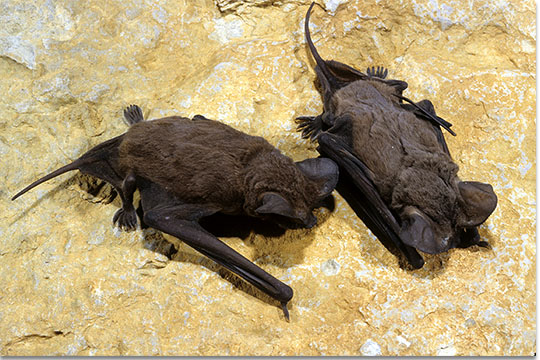
The Brazilian Free-Tailed Bat is a unique species, owing its name to its tail that extends beyond the membrane between its hind legs. Weighing between 8-12 grams and having a wingspan of approximately 28-34 centimeters, this bat is an agile and fast flyer. Its brown fur and large, nearly square-shaped ears are notable, but what stands out is its adaptability to high-speed aerial pursuits, thanks to its long and narrow wings. The wrinkled upper lip and short but powerful hind legs facilitate climbing and catching insects mid-flight. Predominantly insectivorous, the Brazilian Free-Tailed Bat is particularly fond of moths and beetles. It is often found roosting in colonies, frequently in caves but also in human-made structures like bridges and buildings.
Eastern Red Bat (Lasiurus borealis)

The Eastern Red Bat is distinct for its bright red fur, which serves as exceptional camouflage among foliage. Despite its striking appearance, this bat is an expert in blending into its surroundings, mimicking dead leaves or pine cones when it roosts in trees. This species weighs approximately 7-13 grams and can have a wingspan of up to 30 centimeters. Eastern Red Bats are primarily solitary creatures, except during migration and mating. Their reproductive biology is particularly unique: not only do they often give birth to twins, but their litters can also contain up to five pups, which is high compared to other bat species. These bats feed mainly on moths but are known to consume other flying insects as well.
Eastern Small-Footed Myotis (Myotis leibii)
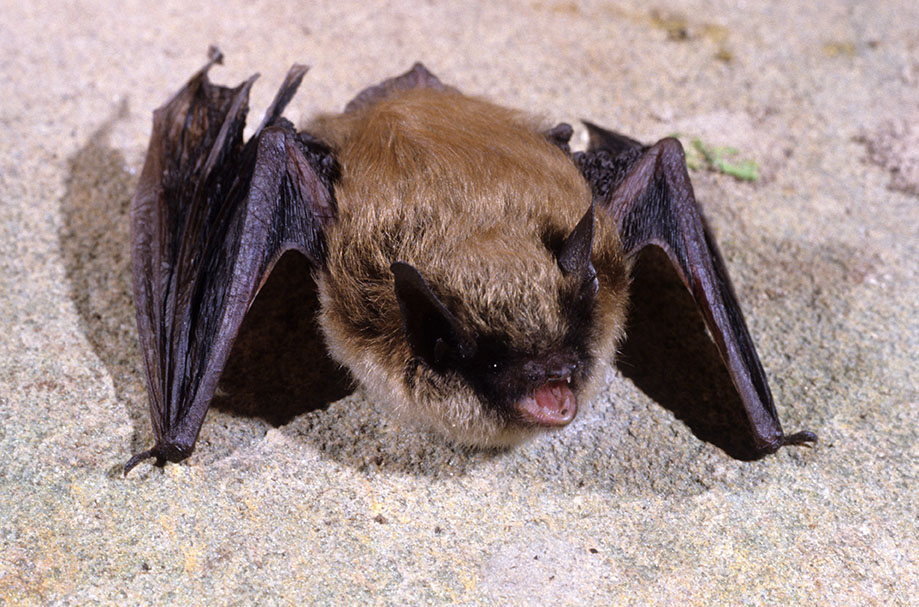
A vesper bat by taxonomy, the Eastern Small-Footed Myotis weighs a mere 3-6 grams and has a wingspan ranging between 21 and 25 centimeters. This bat is uniquely characterized by its petite feet and striking black facial mask. Its fur tends to be dark brown on the dorsum but lightens to a pale hue on the ventral side. The Eastern Small-Footed Myotis is predominantly found in the Eastern United States as well as in Ontario and Quebec in Canada. Habitat preference includes forested regions and rocky outcrops, and these bats have a particular affinity for hibernating in caves with high humidity levels. They primarily feed on small insects such as flies and moths.
Evening Bat (Nycticeius humeralis)
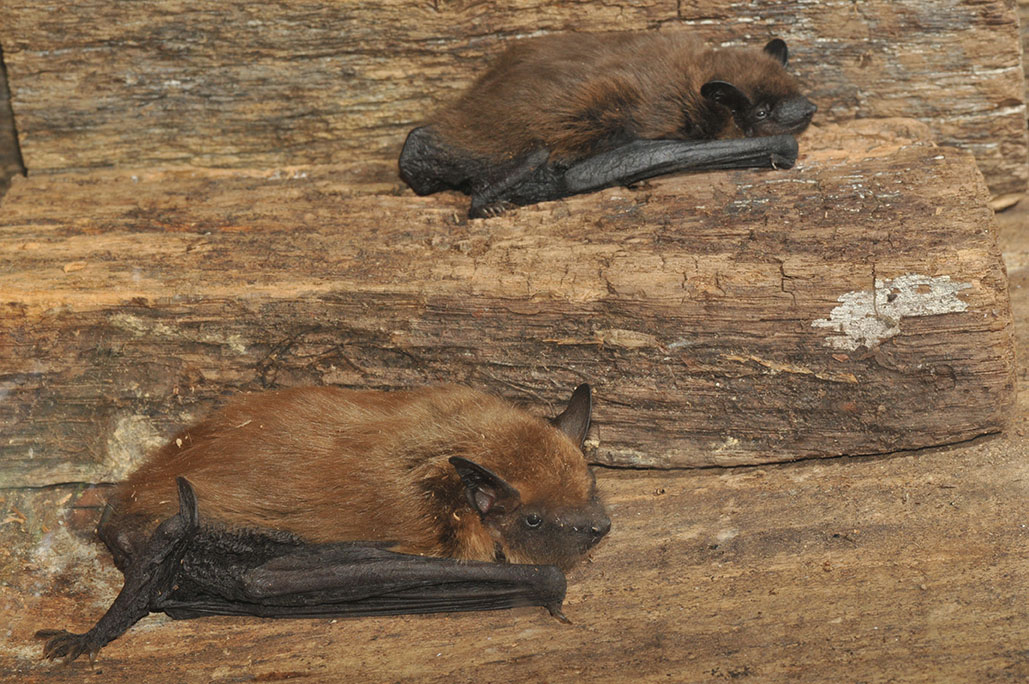
Weighing between 8-14 grams and possessing a forearm length of 34-38 mm, the Evening Bat bears a striking resemblance to the Big Brown Bat but is noticeably smaller in size. Its dorsal fur is bicolored—dark brown at the base and dull grayish-brown at the tips—while the ventral fur is lighter. This bat is distinguishable from other small bats by its rounded tragus and the fact that it only has two upper incisors. The Evening Bat is a skilled flier and a tenacious forager that preys primarily on beetles, moths, and flying ants. It prefers roosting in tree hollows but has been known to colonize buildings and other man-made structures.
Gray Bat (Myotis grisescens)
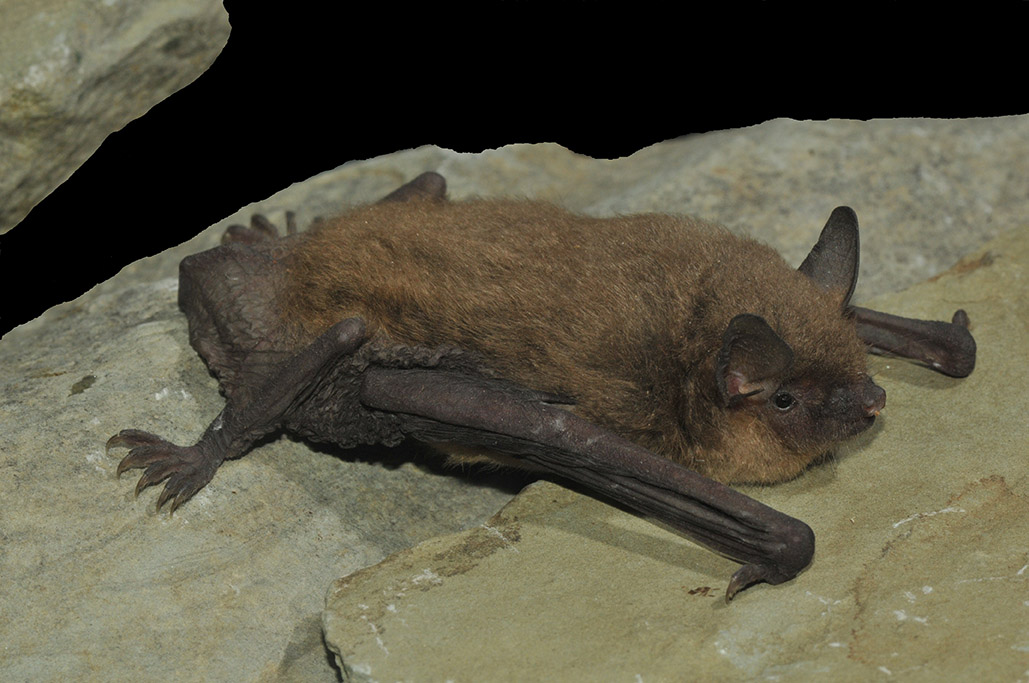
The Gray Bat is a species of grave concern, listed as endangered by the U.S. Fish and Wildlife Service. This medium-sized bat weighs between 7-16 grams and has a wingspan that can extend up to 30-35 centimeters. Its fur is uniformly gray and lacks the two-toned characteristic seen in other species. The Gray Bat is a cave-dweller year-round and is especially sensitive to disturbances in its habitat, which makes it vulnerable to extinction. These bats feed on a diet that includes aquatic insects, and their foraging patterns usually involve flights over water bodies.
Hoary Bat (Lasiurus cinereus)

Weighing in at 20 to 35 grams with a wingspan reaching up to 43 centimeters, the Hoary Bat is one of the larger species of bats in North America. Its fur, a mixture of dark brown and gray, has white tips, giving it a frosted appearance. Its rounded ears and thick, broad hindfoot fur further distinguish it from other species. Hoary Bats are known for their solitary nature and generally roost in the foliage of trees. Highly migratory, these bats cover vast distances and are sometimes found at elevations as high as 3,000 meters. Their diet consists primarily of moths, but they also consume other insects like beetles and flies.
Indiana Bat (Myotis sodalis)

Listed as endangered since 1967, the Indiana Bat is a medium-sized species with a weight range of 7 to 9 grams and a wingspan of approximately 24 to 27 centimeters. The fur is dark gray to brown, and the species is identifiable by its pinkish-brown nose. They primarily hibernate in limestone caves, where any disturbance during the winter months can be fatal, as it depletes their stored fat reserves. The largest known hibernation sites can support colonies of 20,000 to 50,000 bats. Their diet mainly comprises flying insects like moths and beetles. Efforts to protect this species focus on habitat preservation and mitigating the effects of white-nose syndrome, a fungal disease that has severely affected populations.
Little Brown Bat (Myotis lucifugus)

The Little Brown Bat is one of the most widespread bat species in North America, found from Alaska to the Eastern United States. It weighs between 6 to 14 grams with a wingspan ranging from 22 to 27 centimeters. The fur is uniformly brown, and the species has a distinct, blunt nose. These bats prefer roosting in buildings, tree hollows, and sometimes even in subterranean environments for hibernation. Highly adaptive, they have been found in a variety of habitats ranging from forests to swamps. The Little Brown Bat mainly feeds on small insects, particularly aquatic insects like mayflies, but their diet is varied and can include other flying insects.
Northern Long-Eared Bat (Myotis septentrionalis)

Another species affected by white-nose syndrome, the Northern Long-Eared Bat is listed as threatened under the U.S. Endangered Species Act. This bat weighs between 5 to 8 grams and has a wingspan of 23 to 25 centimeters. Its fur ranges from medium to dark brown, and it possesses long ears, making it distinguishable from similar species. Primarily, they roost in trees and forage in wooded areas, making their survival closely tied to the health of forests. During winter, they hibernate in caves or mines. Their diet includes a variety of insects, mainly flies, moths, and beetles.
Pallid Bat (Antrozous pallidus)
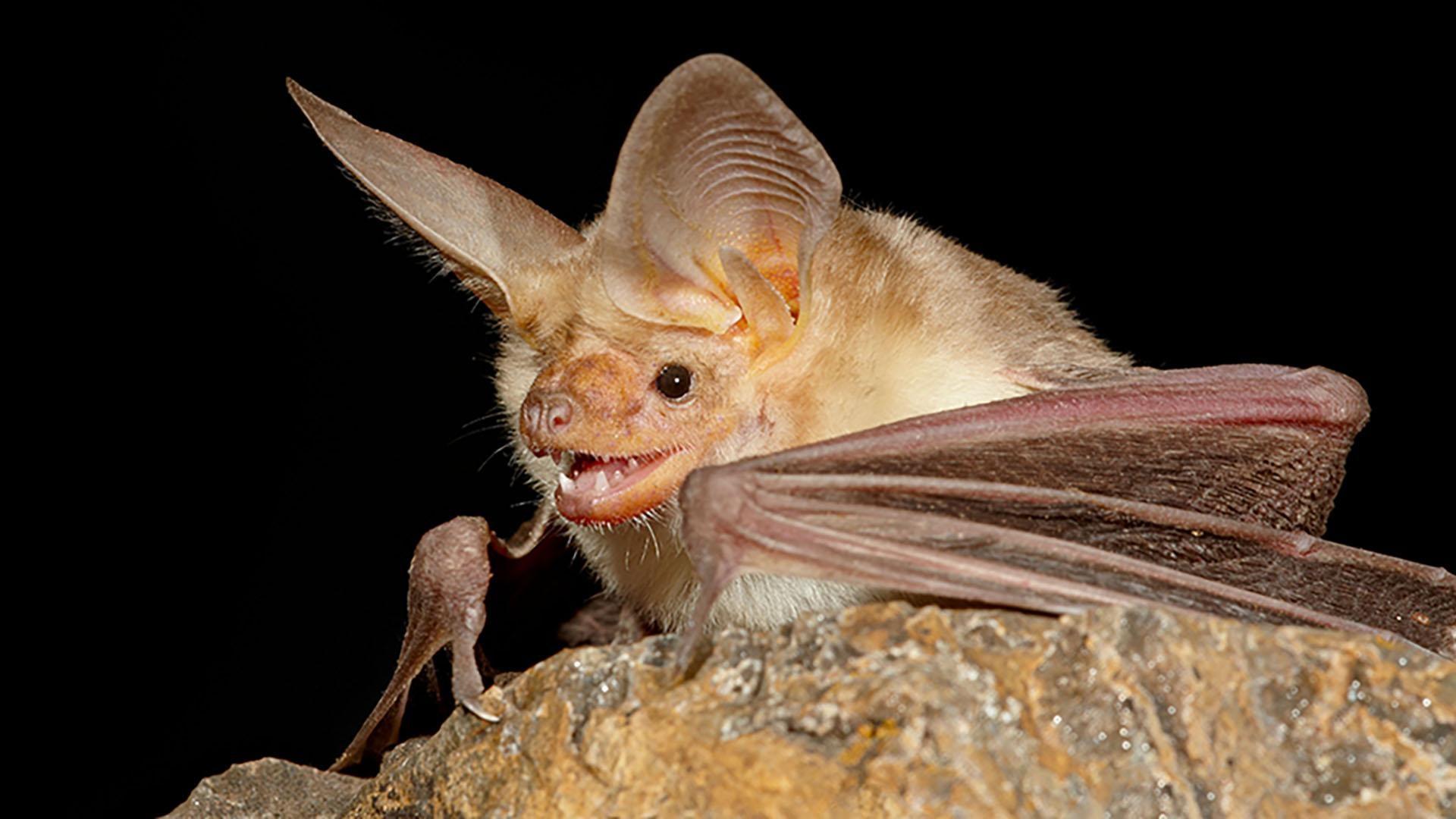
The Pallid Bat is a large species with a weight ranging from 14 to 25 grams and a wingspan that can reach up to 40 centimeters. It has distinctive pale fur, large ears, and broad wings. The species is found primarily in arid or semi-arid regions across the western United States, Mexico, and into Canada. Unlike many other bat species that catch their prey in flight, the Pallid Bat often hunts ground-dwelling insects and scorpions. Their keen sense of smell and large, strong jaws allow them to consume larger prey, including centipedes and small vertebrates.
Rafinesque’s Big-Eared Bat (Corynorhinus rafinesquii)
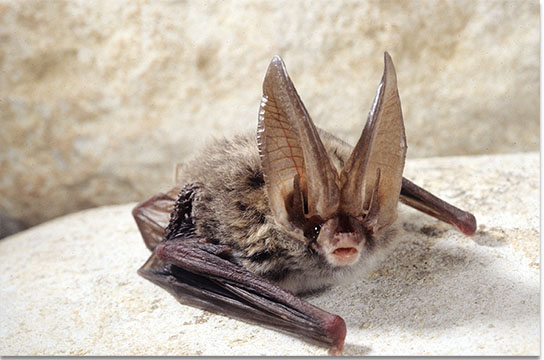
Named after the naturalist Constantine Samuel Rafinesque, this bat species is easily recognizable by its exceptionally large ears, which can be as long as 4 centimeters. The bat has a weight range of 7 to 12 grams and a wingspan of about 28 to 30 centimeters. Its fur is a mix of grayish and brown tones. Predominantly found in the southeastern United States, these bats prefer roosting in hollow trees, abandoned buildings, and sometimes caves. Their diet primarily consists of moths but can include other flying insects. Due to habitat loss and the degradation of roost sites, the species is currently facing conservation challenges.
Seminole Bat (Lasiurus seminolus)

The Seminole bat is a medium-sized bat distinguished by its striking mahogany fur, which is frosted at the tips, adding a unique maroon hue to its appearance. Unlike the eastern red bats, the Seminole bat showcases distinctive white patches at the wrists and shoulders, adding to its unique aesthetic. The fur extends along the underarms to the wrists, offering the bat additional insulation. With a forearm length ranging from 35-45 mm and weighing between 8-15 grams, this species is well-adapted to its environment. Notably, the Seminole bat’s range appears to be gradually expanding, possibly making Kentucky its new breeding ground.
Silver-Haired Bat (Lasionycteris noctivagans)

Sporting dark brown-black hairs that are tipped with silver, the silver-haired bat offers an icy, almost ethereal appearance. Despite its striking looks, the silver-tipped hairs do not extend to the face or neck, giving it a unique contrast. This bat typically hibernates in small tree hollows, beneath sections of tree bark, in buildings, or even rock crevices. Occasionally, especially in the northern parts of their range, they will choose the entrances of caves for hibernation. Their unique appearance and adaptive hibernation habits make them an intriguing subject for scientific study.
Southeastern Myotis (Myotis austroriparius)
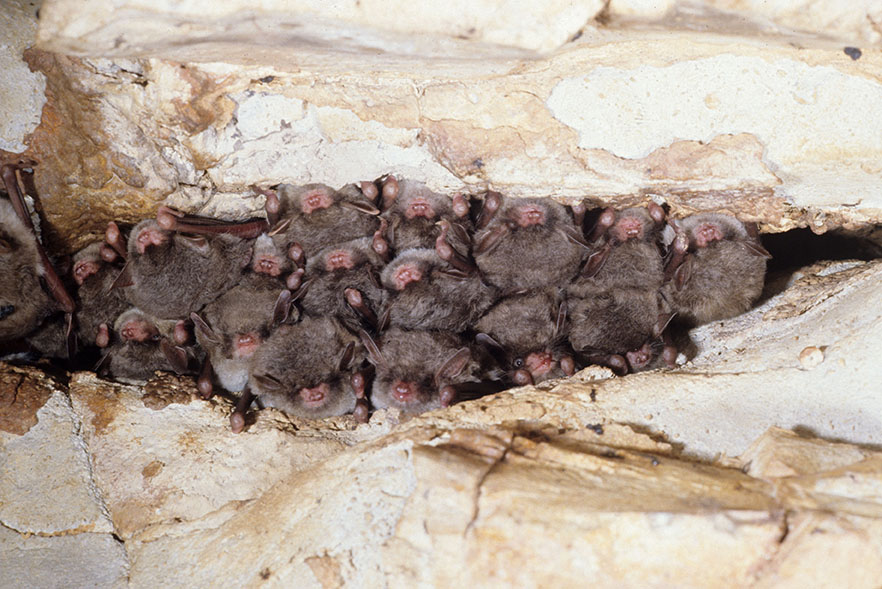
The southeastern myotis is a relatively small bat, weighing between 5-8 grams, but it is an efficient predator of insects. The bat belongs to the genus Myotis and, like its cousins, is a nocturnal forager that often hunts over bodies of water. Unlike other Myotis species in the United States, the southeastern bat is unique in the production of twins. Its pelage ranges from gray to bright orange-brown, with females generally exhibiting more vibrant hues than the males. Their wingspan measures approximately 9-11 inches, making them agile hunters in their nocturnal quests.
Tri-colored Bat (Perimyotis subflavus)
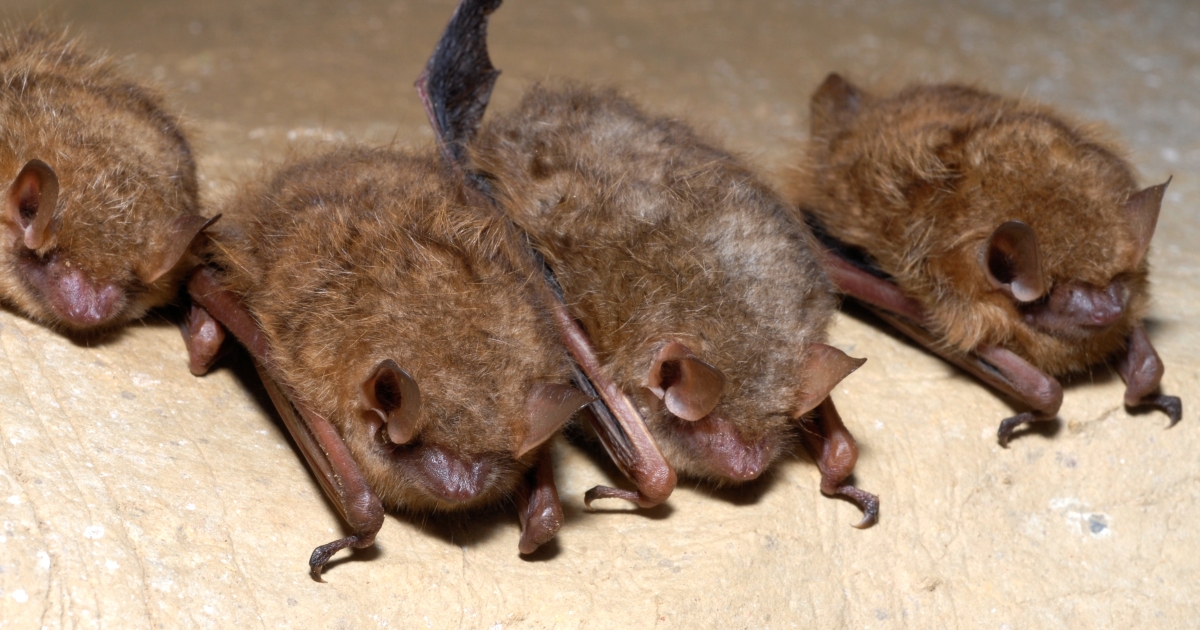
Once one of the most prevalent bat species throughout the forests of eastern North America, the tri-colored bat has a substantial range that extends from the eastern coast of Mexico northward into Quebec and Nova Scotia. This species is among the first to emerge at dusk, often flying at treetop levels, although surprisingly little is known about its daytime summer or maternity roosts. It’s hypothesized that they may seek shelter in high tree cavities and crevices, owing to their early evening flights at higher elevations. Its unique nocturnal habits and elusive roosting behaviors present intriguing questions for researchers.
Virginia Big-Eared Bat (Corynorhinus townsendii virginianus)
The Virginia Big-Eared Bat is a medium-sized species, recognized by its notably large ears that are joined across the forehead. It has elongated nostril openings and soft, long fur that varies in color from dark to brown at the tips. In terms of social structure, females typically gather to form maternity colonies in warm caves during the late spring and early summer months. This species has a limited range and faces significant challenges due to habitat loss and restricted distribution. Currently designated as both state and federally endangered, the Virginia Big-Eared Bat has a lifespan of up to 16 years but faces multiple threats to its survival, making it a critical focus for conservation efforts.
